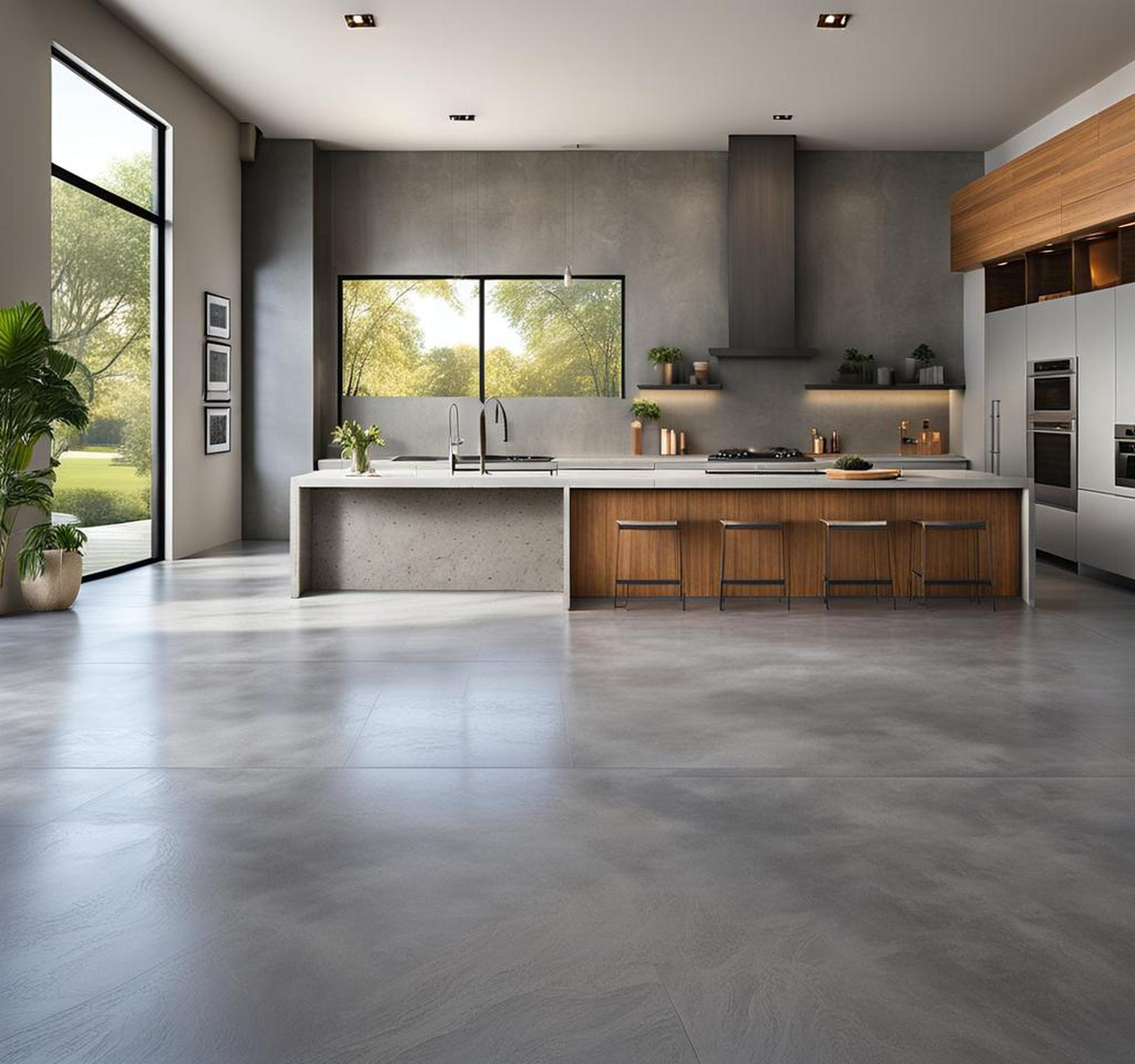When it comes to residential or commercial spaces, the surfaces we interact with daily can greatly impact our experience of the environment. From drab to fab, concrete offers versatile options to transform plain slabs into decorative, stylish works of art through creative finishing techniques. Whether seeking a polished sheen or textured warmth, concrete finishes allow designers to customize projects to match or enhance intended aesthetics.
Understanding the range of options helps ensure you select the perfect finish to complement your vision.
Overview of Concrete Finishing Techniques
Finishing refers to the final treatment applied to cured concrete to enhance its appearance and durability. It improves texture for slip resistance while also allowing creative expression through colors, patterns, and visual dimension.

Reasons for finishing concrete include:
- Aesthetic appeal – decorative and design effects
- Functionality – slip resistant textures for safety
- Protection – sealants guard against damage
Factors influencing the choice of finish include:
- Location – indoor vs outdoor use
- Desired texture and visual appeal
- Durability considerations
- Maintenance requirements
- Budget
Troweled Finish
A troweled finish is achieved by smoothing the surface of freshly poured concrete with a steel trowel. This produces a smooth, hard, and dense finish.
Characteristics of troweled concrete include:
- Smooth, polished appearance
- Great shine and reflectivity
- Minimal texture
- Durable and easy to clean
A troweled finish is ideal for:
- Indoor floors
- Countertops
- Walls
Pros of this finish are an elegant, seamless look and simplified maintenance. Cons include showing imperfections and potential for dusting without a densifier.
Broom Finish
As the name suggests, a broom finish is created by dragging a broom across freshly placed concrete to create texture. A stiff bristled broom is commonly used.
Characteristics of broom finished concrete include:
- Rough, non-slip texture
- Visible grooved lines
- Abrasive profile that enhances traction
Broom finishes are ideal for:
- Outdoor concrete like driveways, patios, and walkways
- Pool decks
The roughened texture provides grip and prevents slips when wet. Downsides include potential for debris to get caught in grooves.
Exposed Aggregate Finish
Exposed aggregate concrete has some of the surface cement paste washed away to uncover decorative stones in the mix beneath. This creates visual interest through the exposed aggregate.
Characteristics include:
- Visual depth and dimension
- Mottled color and texture
- Range of aggregate shapes, sizes, and colors visible
Use exposed aggregate concrete for:
- Pool decks
- Patios
- Accent walls
- Landscape features like water features
Benefits include the one-of-a-kind natural appearance. Increased porosity can make it prone to staining.
Stamped Concrete
Stamped concrete replicates natural materials like stone, brick, wood, and tile by imprinting patterns into freshly poured concrete using textured mats.
Characteristics of stamped concrete include:
- Textured, patterned appearance
- Wide variety of motif options like slate, flagstone, cobblestone
- Can mimic other building materials for a fraction of the cost
Use stamped concrete for:
- Patios
- Pool surrounds
- Driveways
- Sidewalks
It provides an eye-catching, decorative finish. Cons include potential fading of releases over time.
Stenciled Concrete
Concrete stenciling involves laying a patterned mat or sheet on the surface before applying contrasting colored releases like tints, paints, or dyes. When removed, the design is left behind.
Stenciled concrete can feature:
- Elaborate decorative designs, shapes, and patterns
- Borders and artistic motifs
- Custom graphics and logos
Stencil interior and exterior concrete surfaces like:
- Floors
- Walls
- Landscape features like borders and accents
It allows limitless creativity. Cons are fading and wear over time.
Salt Finish
A salt finish is achieved by broadcasting salt onto wet concrete to create an embedded speckled texture as the concrete cures.
Characteristics of salt finished concrete include:
- Subtle sparkly effect
- Grainy, textured appearance
- Salt crystals visibly embedded across the surface
Salt finishing can enhance:
- Kitchen countertops
- Accent walls
- Flooring
Benefits include the shimmering finish. Salt can leach out over time leaving voids behind.
Decorative Concrete Finishes
In addition to the standard finishes above, advanced decorative techniques can further enhance concrete. These include:
- Staining – applying colored liquid penetrants to infuse color into the concrete surface
- Polishing – grinding and honing the concrete up to a high-gloss finish
- Engraving – etching designs into concrete mechanically or with lasers
Decorative finishes open up concrete to myriad colors, sheens, and artistic effects – from subtle accents to bold visual focal points.
Factors That Influence Finish Selection
Choosing the optimal concrete finish involves assessing:
- Location – Consider indoor vs. outdoor use. Outdoor concrete needs more durable textures.
- Purpose – Does it need traction for safety? Will it experience heavy traffic and wear?
- Aesthetics – Match finishes to the overall design style and vision.
- Maintenance – Some finishes have higher care requirements over their lifespan.
- Budget – Basic finishes like broom are more affordable than intricate stained designs.
It’s helpful to view different techniques in person or on project photos to envision results before deciding.
When working with concrete, the finishing process presents a valuable opportunity to complement the design scheme through form, function, and visuals. The array of options, from refined polishing to organic exposed aggregate, means concrete can adapt to fulfill almost any aesthetic.
By thoughtfully assessing the needs of a space along with your style vision, you can select finishes that transform ordinary concrete into extraordinary showpieces. With the versatility of modern techniques, concrete truly becomes a customizable canvas receptive to embellishment.
Applying artistic finishes to drab concrete is an easy way to turn it into a striking and seamless design element.
